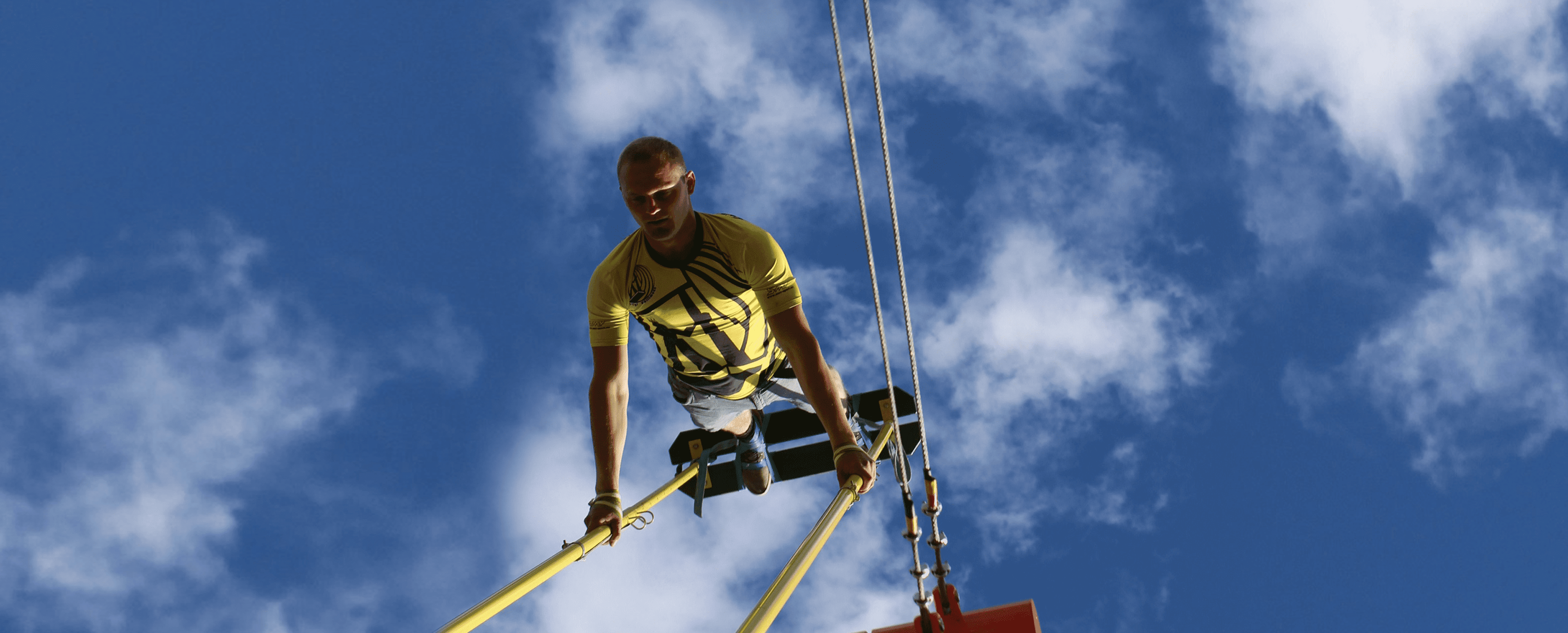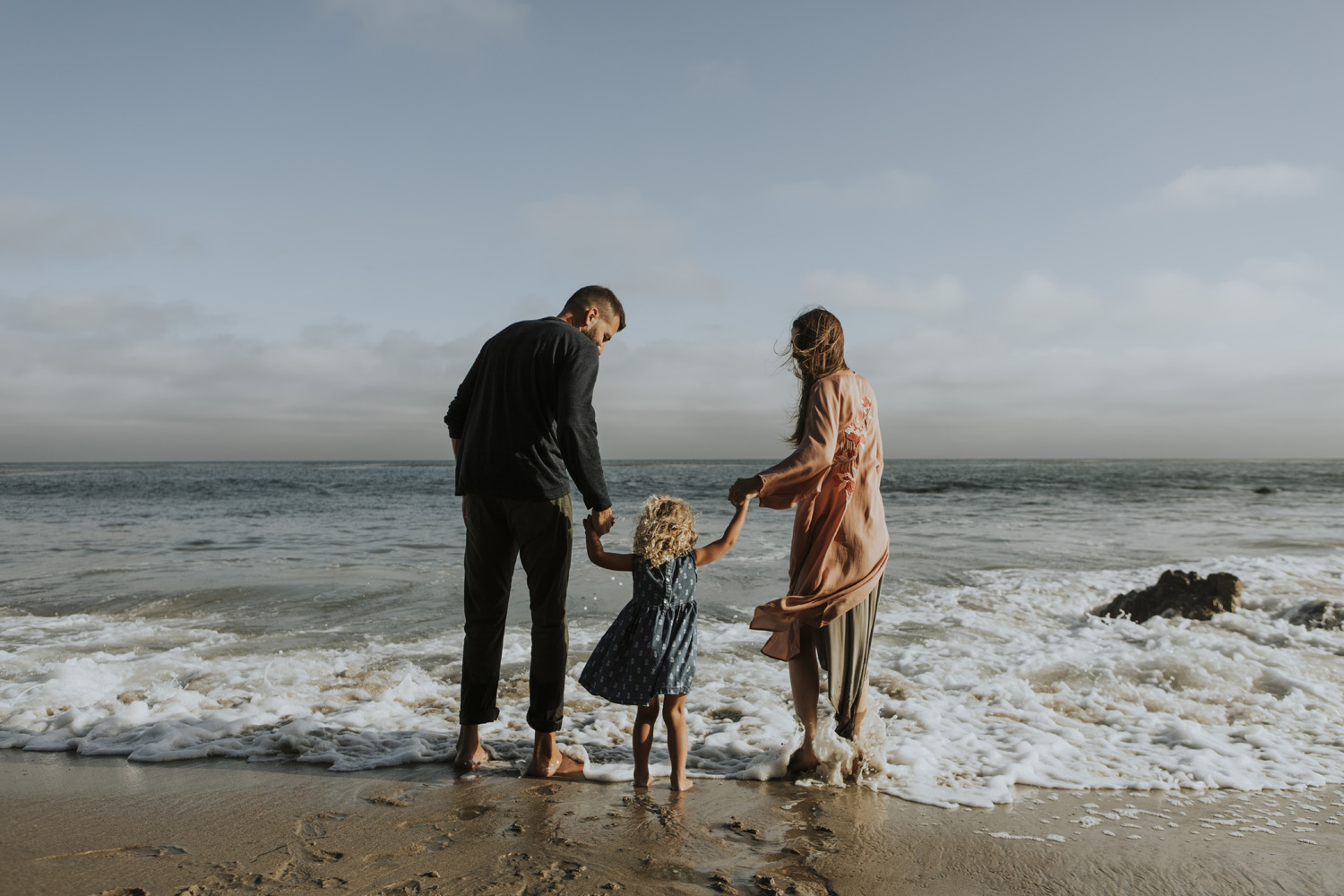5 things you'll only find in Estonia

From an underwater prison to a sports competition, in which people compete to perform a complete 360° rotation on a balance sheet, Estonia never stops astonishing. Know 5 things you'll only find in Estonia, because without knowing all the countries of the world in a deep way, we can't say it with security, any way, there are things that aren't even a little common.
1. A submerged prison
In the past, the small village of Rummu was associated with an infamous penal institution for forced labor, from which 7000 prisoners extracted piedra caliza. To prevent the quarry, which became deeper and deeper, was flooded, water was pumped day and night.
A decade after the collapse of the Soviet Union, the process of relocation of prisoners and interruption of the cantera was started. When the prison was abandoned, there was no need to continue pumping water, and the quarry, which was eventually filled with water, ended up turning into a lake that took over the abandoned buildings, the machines, the trees and all the infrastructure.
It is a hidden paradise with beautiful landscapes and refreshing waters where you can swim. There are also activities such as stand-up paddle boarding, buceo, snorkeling and there is a bar on the beach (of course, it's Estonia!)
2. More women than men
For every 100 women in Estonia, there are 87 men – just the Northern Mariana Islands, a territory of the United States in the Pacific, with a population of about 50,000 inhabitants, which accounts for a smaller percentage of men. However, this differentiates empieza only from 55 years of age because Estonian women live in average 10 years more than men.
In 1950, approximately 57% of the population were female, while 43% were male. The reason for this was the large number of men who died in wars during the first half of the twentieth century, which was particularly high in the entire Soviet Union (Estonia is an ex-Soviet state), as well as a higher life expectancy among women.
The shortest life expectancy of men is expected, as they run more risks and by the general are employed in physically demanding and unhealthy jobs. There is also a high incidence of unhealthy lifestyles among men, such as alcohol and tobacco consumption.
3. Mixed cuisine with German, Scandinavian and Russian cuisine
Throughout its history, Estonia was occupied by several countries – Germany, Sweden, Denmark and Russia – which ended up influencing the cuisine, among many other aspects.
So, what kind of food do Estonians eat? Estonian food is plentiful, healthy and full of seasonal flavors.
Traditionally, the diet of Estonians is based on beef, pork, fish, sausage and sauerkraut. The patatas add a generous dose of carbohydrates that warm the body in winter. The “sour cream” or sour cream is served with everyone. There is a selected and generous option of delicious sweets, for example, sweet pans, chocolate and mazapán.
Other favorites are pan negro, morcilla, kama (a mix of roasted barley, centeno, avena and harina de guisantes), meat marmalade, and a variety of gachas and soups.
4. Free public transport in the capital
Since the beginning of January 2013, Tallinn is the first capital of the European Union to offer free public transport to residents.
To have the right to freely use public transport in Tallinn, Tallinn residents have to buy the “green card” (2 euros) and identify it. People who do not live in Tallinn can also buy the “green card”, which allows them to charge the amount of money they need to use public transport.
Since the introduction of free public transport, a significant increase in the number of registered residents in Tallinn has been observed.
5. The village swing
The village swing is a large swing designed for several adults traditionally built on collective lands in the village.
The practice of balancing has been present in Estonian culture for a long time, but its origin is not known.
The sports balance was invented in Estonia in 1993, in which the people competed to perform a complete 360° rotation on the balance.
This practice is also part of the traditions of the eve of the summer solstice (the night of the 23rd of June).
One thing is more interesting than the other, is it true? Which of these things have you seen in another country or in Estonia? Cuentanos in the comments. The best one, what are you curious to know about this wonderful country?

"A few years ago, Portugal made changes to make access to citizenship more humane."
In an interview with the Portugal Giro column of the newspaper O Globo, legal expert Isabel Comte analyzed the impact of the changes to […]

Transmission of Portuguese nationality to family members: requirements, steps and points to consider.
Nationality for spouses: when does the right exist? Access to Portuguese nationality through marriage is based on the length of the union and […]

Nationality processes: how to identify real opportunities to speed up the decision.
The duration of a nationality process depends primarily on factors internal to the Registries. Among the main ones are the lack […]